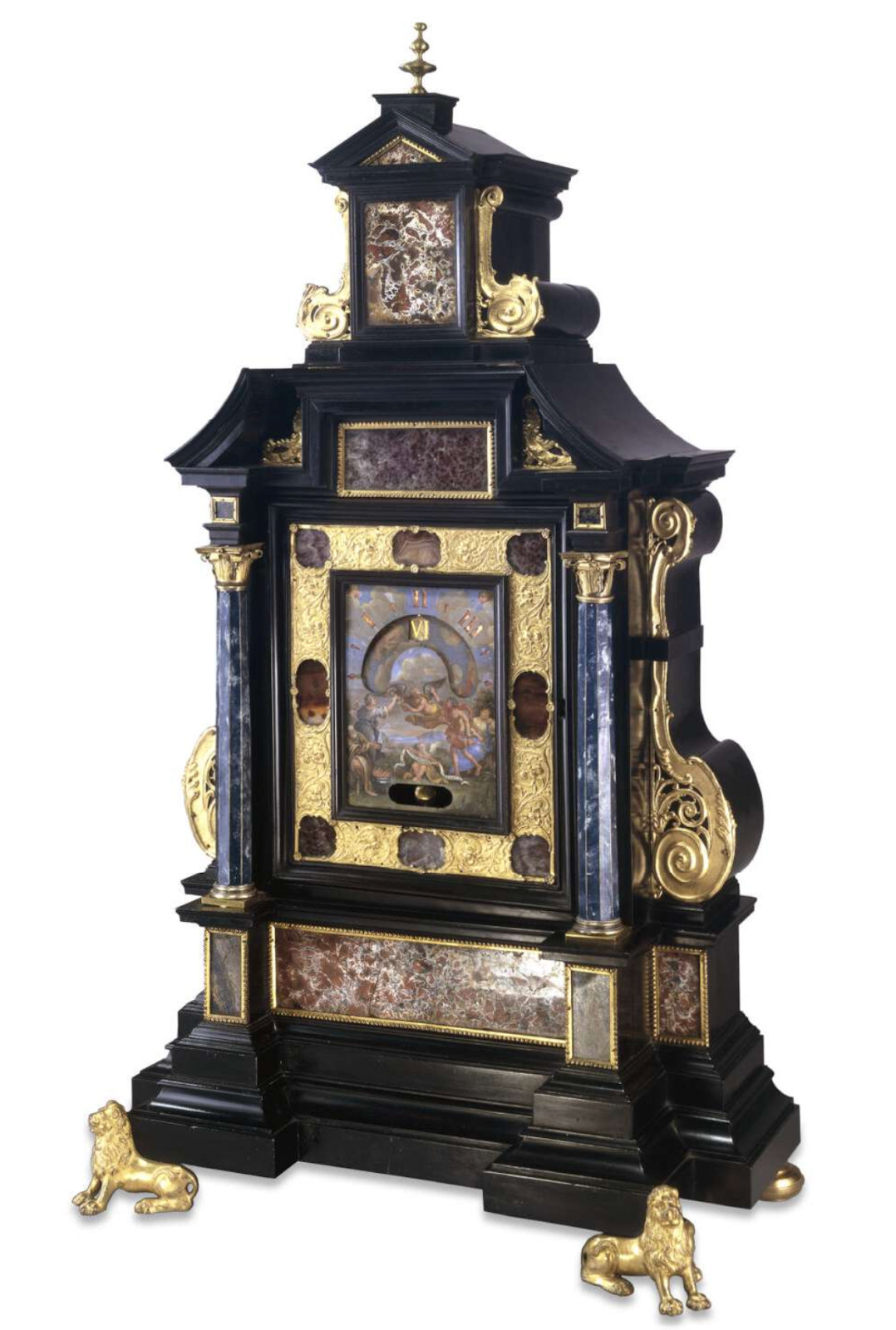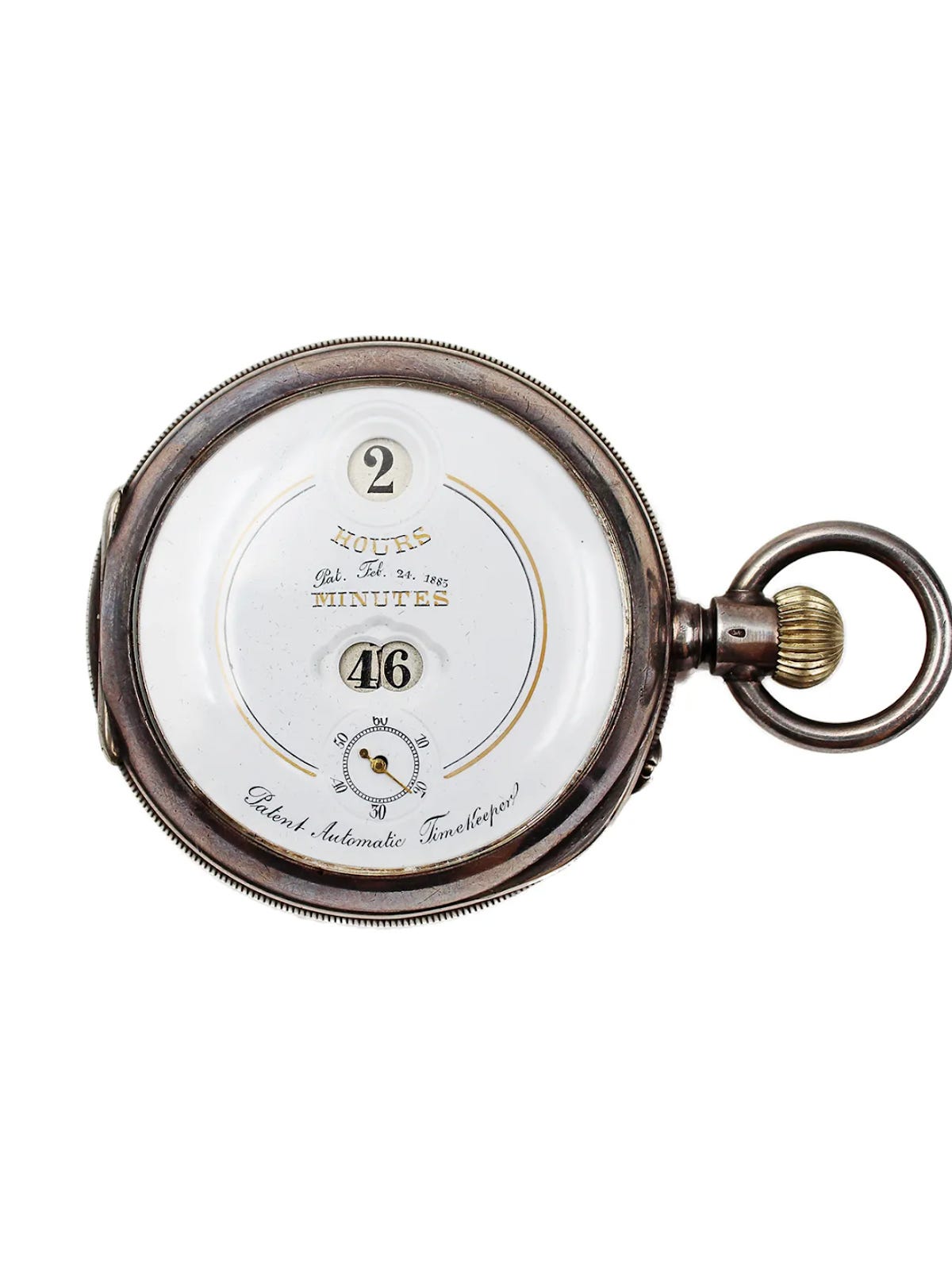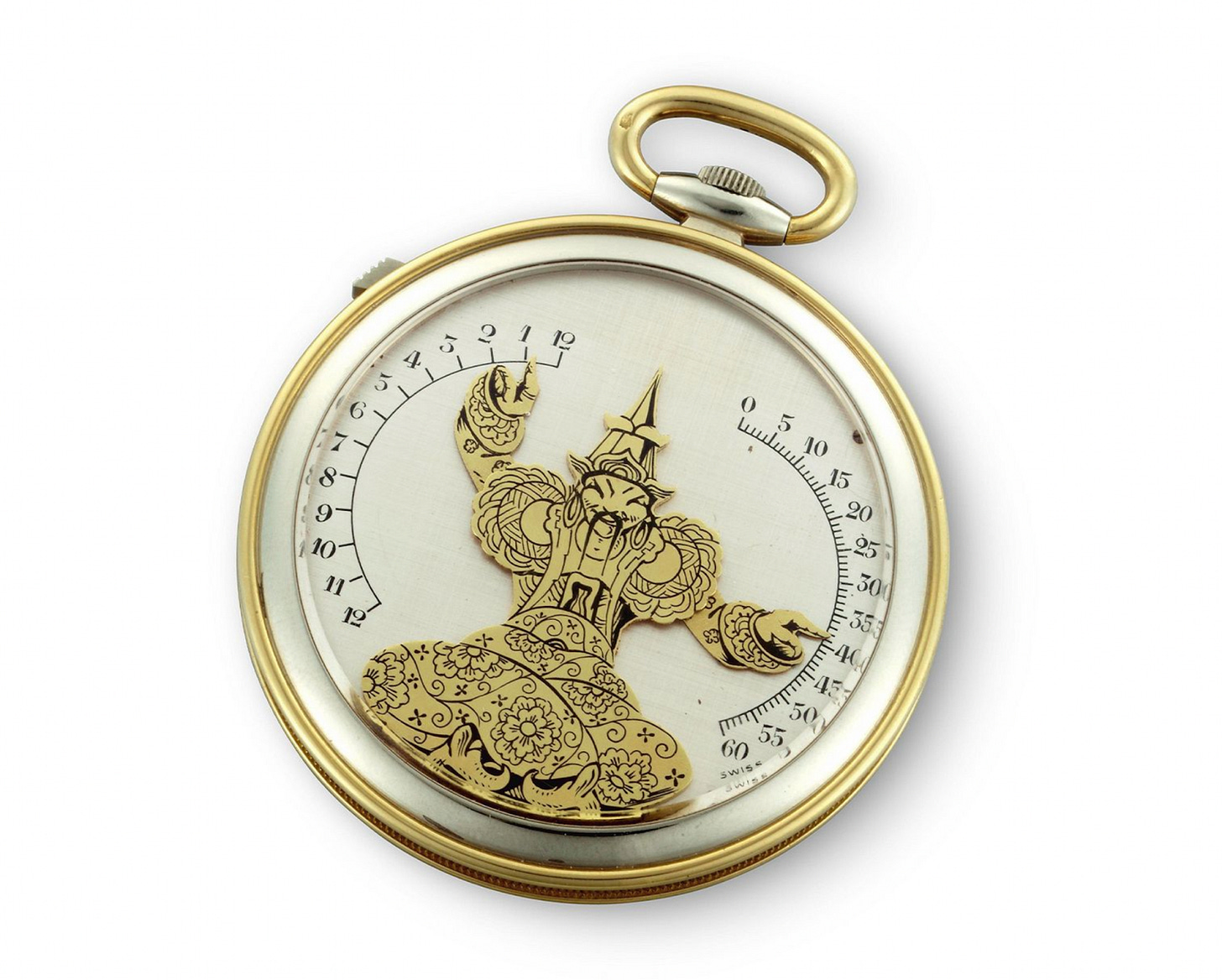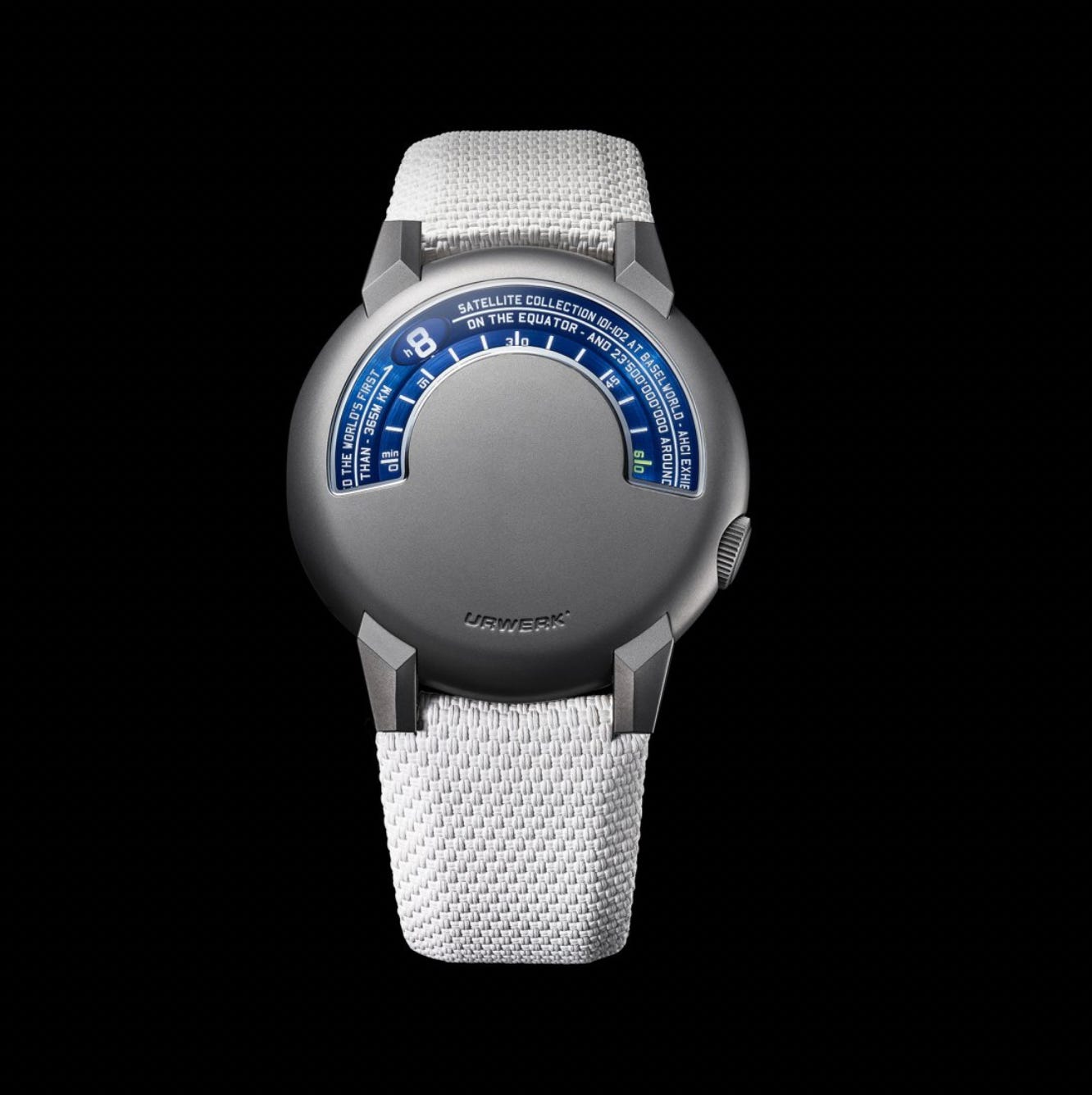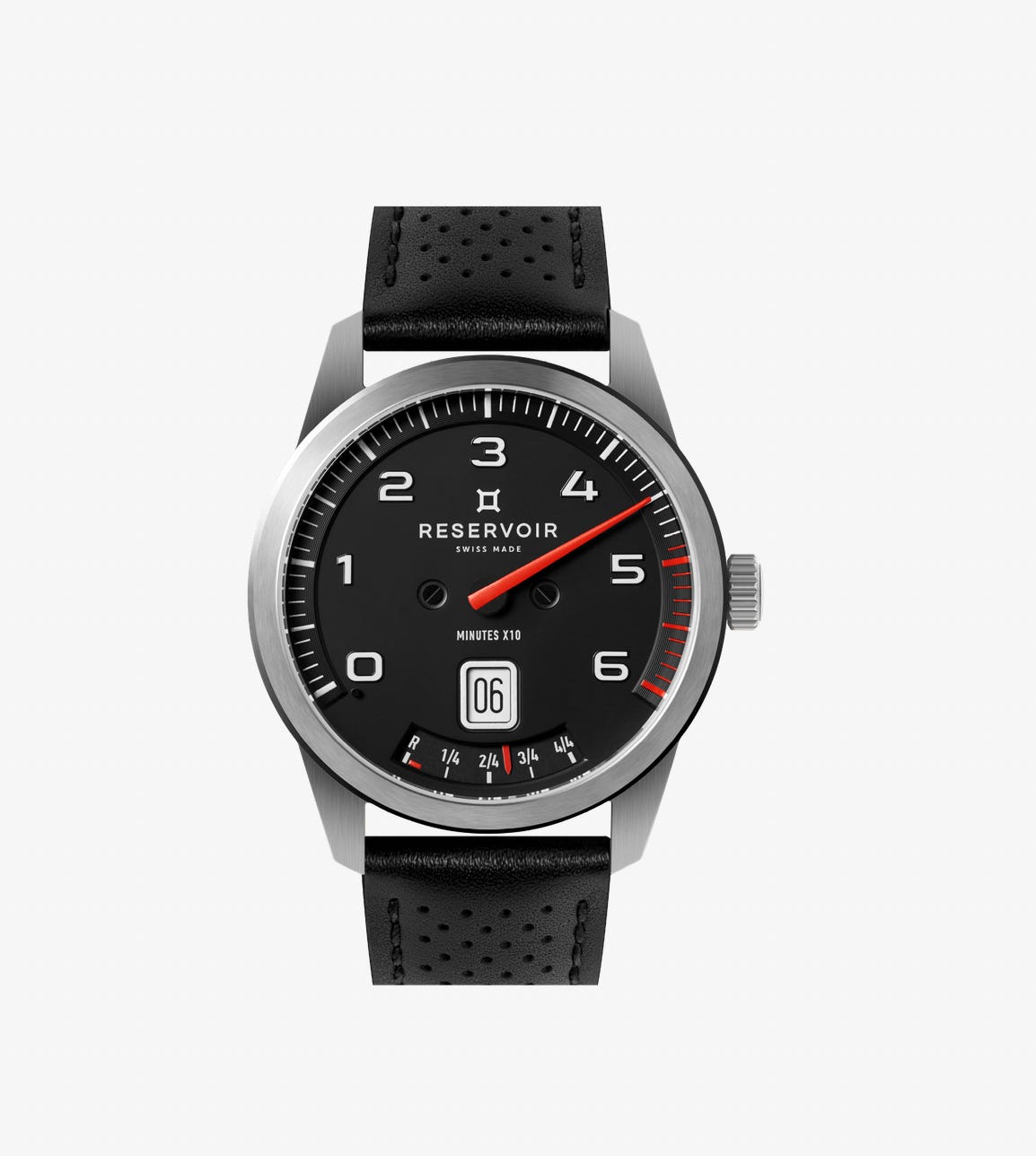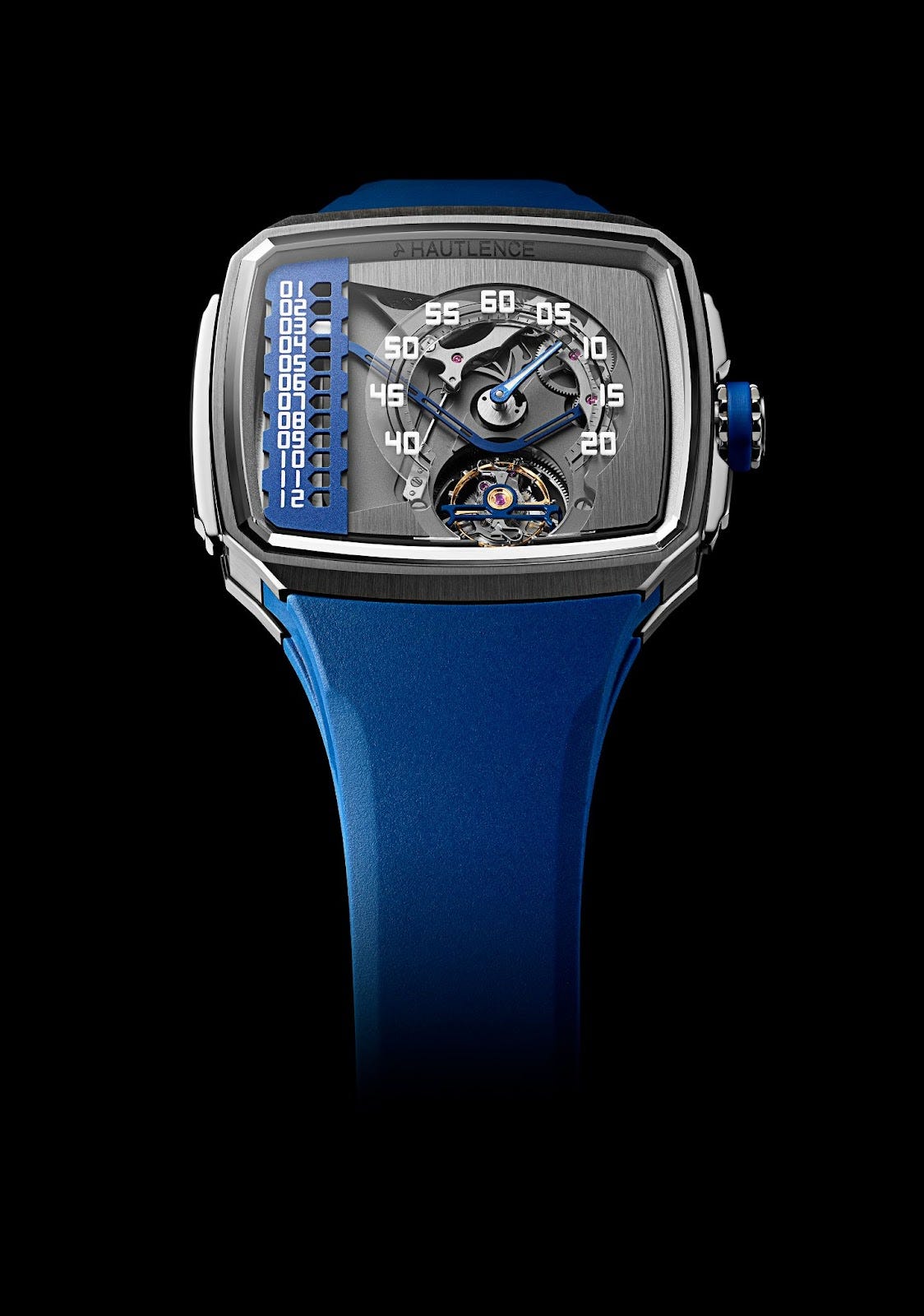The enigmatic faces of time.
Explore the captivating elegance of wandering, jumping, and retrograde hour displays—where time is measured and artistically portrayed.
An Italian version of this article was published in “La Rivista”, in September 2024.
Time is a river that flows relentlessly, yet the way we capture and display its passage can be as varied as the waves in the ocean. In the world of haute horlogerie, the hands of time do more than just tell—they dance, leap, and arc across the dial in a mesmerizing display of craftsmanship. Among these poetic expressions of time are three captivating hour displays: wandering, jumping, and retrograde hours. Each one offers a unique narrative, a visual journey, and a horological complication that transforms reading time into an art form.
The birth of ingenious displays
The history of horology is rich with innovation, and each era has brought forth new ideas that push the boundaries of what is possible. The wandering hour, one of the earliest and most enigmatic of these displays, traces its origins to the 17th century. The Campani brothers, clockmakers to the Pope (Alexander XII), are credited with creating the first wandering hour mechanism.
They designed this mechanism for night clocks to make them easily readable in low-light conditions. The wandering hour display allowed for a clear and legible time indication without needing constant illumination of the entire dial, as only the numeral for the current hour was visible as it "wandered" across a semi-circular minute track. This display also reflected the emphasis of the Baroque era on elaborate design and innovation. It allowed for the creation of clocks that were not just timekeepers but also works of art, with the wandering hour display contributing to the overall aesthetic appeal of the timepiece.
Pietro Tommaso Campani, 1683
The jumping hour, a stark contrast to the fluid motion of the wandering hour, debuted in the 19th century. Austrian watchmaker Josef Pallweber introduced the concept of a digital hour display, where the hour numeral would 'jump' to the next at the top of the hour. The primary motivation behind creating the jumping hour display was to improve the clarity and precision of time-telling. In traditional mechanical watches, the hour hand moves continuously around the dial, making it challenging to quickly and accurately discern the exact hour, especially at a glance. The jumping hour mechanism solves this by having the hour numeral "jump" instantaneously to the next hour position at the top of each hour, providing a clear, unambiguous reading. Watchmakers first used Pallweber's invention in pocket watches, and its popularity soon spread, influencing the design of wristwatches in the years to come.
IWC Pallweber, Sterling Silver, Digital Display, Open Face Pocket Watch c. 1880s.
The retrograde display emerged in the early 20th century. This mechanism, where the hour or minute hand sweeps across a segment of the dial before returning to its starting point, became synonymous with elegance and sophistication. Swiss watchmakers, particularly those associated with the Art Deco movement, embraced the retrograde display to break free from the constraints of traditional watch design. The retrograde display was not just a functional element but a statement of style, a dynamic expression of time's cyclical nature.
Watchmakers developed the retrograde mechanism to also optimize the use of dial space, especially in watches that involved multiple complications or a specific design aesthetic. By confining the hour hand's motion to a segment of the dial, watchmakers can use the rest of the space for additional complications, such as date indicators, moon phases, or other creative designs. The retrograde display is, therefore, particularly useful in complex watches where clarity and organization of information are essential.
A vintage 1930s Vacheron Constantin “Bras en l'Air” pocket watch
Horological significance
Wandering Hours: Fluidity and Precision
In the wandering hours' mechanism, the watch typically features a semi-circular arc on the dial, where the hour numeral "wanders" across a scale of 60 minutes. As the numeral reaches the end of the arc, it is replaced by the next hour numeral, which appears at the beginning of the arc. This movement creates a fluid, continuous visual effect, offering a poetic interpretation of time's passage. The dial design is often minimalist to highlight the elegant movement of the hour disc, with the arc taking center stage.
The craftsmanship required to create a wandering hours mechanism is extraordinary. Watchmakers need to precisely engineer the movement to ensure that the hour numeral aligns perfectly with the minute scale and transitions smoothly from one hour to the next. The engineering involves a complex interplay of gears, discs, and cams, which must be meticulously crafted and assembled. Additionally, the mechanism requires careful balancing to ensure that the rotating disc does not create uneven wear on the movement or lead to mechanical failure. Watchmakers must also address the energy distribution issue, as the mechanism demands more power to drive the rotating discs than traditional watch hands.
Jumping Hours: Synchronization and Timing
The design of the jumping hours' mechanism revolves around a digital-style display, often featuring a window that shows the current hour. This window typically occupies a prominent position on the dial, drawing attention to the hour numeral. The minute hand, usually traditional in form, circles the dial, while the hour jumps at the end of each 60-minute cycle. This approach creates a dynamic interaction between the hour and minute indicators, emphasizing the moment of transition.
The main challenge of the jumping hours' mechanism is synchronization. The components must be calibrated to ensure the jump occurs precisely at the hour, without delay or hesitation. This process requires fine-tuning the balance system and ensuring that the energy distribution is efficient and consistent. The sudden energy discharge at the end of the 60-minute cycle increases the wear and tear on the movement, which requires robust materials and advanced engineering to mitigate. Additionally, the mechanism's complexity can make it more susceptible to mechanical issues, requiring regular maintenance to ensure long-term reliability.
Retrograde Hours: Tension and Release
In the retrograde hours' mechanism, the hour hand moves along a curved or linear arc, typically covering 12 hours. Once it reaches the end of the arc, it "retrogrades," snapping back to the beginning to start the next cycle. This design creates a sense of motion and energy, making telling time a more interactive experience. The retrograde display often occupies a central or prominent position on the dial, with bold, sweeping lines that guide the eye along the path of the hour hand.
Watchmakers need to carefully engineer and calibrate retrograde hour movements to ensure that the hour hand moves smoothly across the arc and snaps back to the starting point with speed and accuracy. The tension of the spring must be adjusted to provide the right amount of force for the snap-back motion without causing wear on the movement. Additionally, the mechanism must be durable enough to withstand the repeated stress of the retrograde action, which can place additional strain on the components.
Horological Masterpieces
Nowadays, certain watches are considered iconic for their use of wandering, jumping, or retrograde hour displays. These timepieces are not just examples of fine watchmaking; they are symbols of innovation, artistry, and craftsmanship.
Wandering Hours: UR-102 by Urwerk
The UR-102 is visually distinct, characterized by its minimalist and futuristic design. A numeral glides along a semi-circular arc, replacing the traditional hour hand. It's a deliberate motion—smooth and fluid. The hour passes with grace, not the tick of a hand but the journey of a number.
The watch was developed and launched in the late 1990s when Urwerk was still a relatively new brand. It was one of the brand's first models, created by founders Felix Baumgartner and Martin Frei. The watch features a smooth, rounded case, often likened to a UFO or a pebble due to its sleek, disc-like shape. The case is usually crafted from stainless steel or titanium, giving it a polished, modern look. The development of the UR-102 presented several challenges, particularly in creating a wandering hours mechanism that was both reliable and visually seamless.
The UR-102
Jumping Hours: GT Tour by Reservoir
The GT Tour by Reservoir was launched in 2017, and it is celebrated for its precise and captivating jumping hours and retrograde minute display. It challenges the wearer to rethink time, not as a continuous flow but as distinct moments. Time doesn't just pass—it leaps forward. The GT Tour's jumping hours are a nod to the speedometers of vintage racing cars, capturing the spirit of precision and speed. Each jump is like shifting gears, a mechanical reminder of the watch's automotive inspiration. It's more than just a function—it is a narrative, a connection to a world where timing is everything.
A Reservoir GT Tour
Retrograde Hours: Hautlence Linear Series 1
True to Hautlence's philosophy, the Linear Series 1 seamlessly blends art and mechanics. The most distinctive feature of the Linear Series 1 is its linear retrograde hour display. Instead of a traditional circular dial with hands, the watch features a vertically oriented linear scale on the left side of the dial. The hour is indicated by a red pointer that moves along this scale from 1 to 12. Once it reaches 12, the pointer jumps back to the starting position at 1, creating a captivating visual effect.
The minutes are displayed more traditionally, using a sub-dial located at the 12 o'clock position, while the seconds are indicated by a rotating disc at the 6 o'clock position. This combination of traditional and linear displays creates a unique, multifaceted approach to time-telling and information organization in the dial.
The Hautlence HLXX
Why they are attractive to collectors
Collectors appreciate watches featuring wandering, jumping, and retrograde hours for their rarity, innovation, and artistry. These timepieces, often released as limited editions, are coveted not just for their scarcity but for the sense of exclusivity they impart. Owning one of these watches means possessing a piece of horological history that few others can claim. Design plays a crucial role in the appeal of these watches. These unique mechanisms require creative and often unconventional dial layouts, resulting in visually stunning timepieces. Each watch becomes a canvas where engineering and art meet, making them stand out in a sea of more conventional designs.



